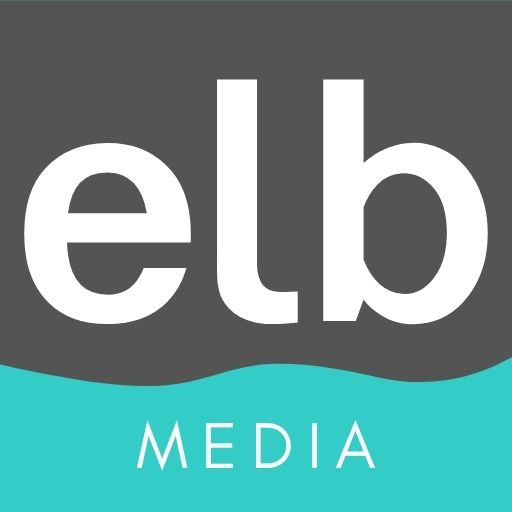A professional author website design is a crucial element in building an online presence, attracting readers, and ultimately, selling your book. The design of your website should not only be visually appealing but also serve a clear purpose – showcasing your work and enticing visitors to explore. With that in mind, here are some key tips to help you design the perfect author website that sells.
10 Author Website Design Tips
1. Reflect Your Brand Identity
As an author, your website design should reflect your unique brand identity. This means choosing colors, fonts, and imagery that resonate with your target audience and convey the emotional tone of your books. Consider the genres you write in – whether it’s contemporary, historical, fiction, or non-fiction – and create a cohesive design that represents your style and voice.
A couple of great examples of authors who have stuck with a brand include the Judy Moody website which is fun, colorful, and age-appropriate.

Leigh Bardugo‘s website is dark and fits with the genre she writes in.

2. Make Navigation Easy
User experience is key with any author website design. Organize your site in a way that makes it easy for visitors to find what they’re looking for, whether that’s information about you, your books, or how to get in touch.
Use clear headings and menus that help your visitor find exactly what they are looking for, without having to click around. The 3-click rule suggests that no page should take more than three clicks or taps on a touchscreen to access. Data shows that three is not a magic number when it comes to clicks but it’s good to keep in mind that people need to feel they are on the right track when clicking further into your website.
3. Showcase Your Books
Your website should immediately showcase your books. Create an attractive book display on your homepage highlighting your latest release and bestsellers. Dedicate a separate page to your entire book list, where visitors can explore your backlist and discover new reads. Include eye-catching book covers, intriguing blurbs, and links to purchase your books from various retailers.
Rick Riordan does this really well! His home page highlights all his books in a fun, interactive format.

4. Engage with Your Readers
Building a connection with your readers is essential for any successful author. Create a blog where you can share updates on your writing process, upcoming releases, or even personal anecdotes that your readers might find interesting. You can also encourage reader engagement by integrating social media feeds into your website and providing opportunities for visitors to sign up for your newsletter or leave comments and reviews.
5. Optimize for Mobile Devices
In today’s digital world, many readers will access your website from their smartphones or tablets. Ensure that your author website is responsive and looks great on all devices by choosing a mobile-friendly design template or working with a web designer who can create a custom solution.
Not all templates marked as mobile-friendly are right out of the box. Make sure to have a few friends try your website on their phones or tablets so you get an idea of how your pages are working in the real world.
6. Keep It Updated
An outdated author website can give the impression that your career has stagnated or you’re not serious about your craft. Keep your site fresh by regularly updating your book list, blog, and any other relevant content. This will not only help boost your search engine ranking but also keeps your readers coming back for more.
7. Offer Exclusive Content
Another way to engage with your readers is by offering exclusive content on your author website. This could be anything from bonus scenes or short stories related to your books, to sneak peeks of upcoming releases. Be sure to make your exclusive content only available to people who sign up for your email newsletter. This will help grow your list and make future marketing easier!
8. Provide Clear Calls-to-Action
Your author website design should have clear calls-to-action that encourage visitors to take specific actions, such as signing up for your newsletter or purchasing your books. Use buttons and links that stand out and make it easy for visitors to follow through on these actions. This will help increase engagement and ultimately drive book sales.
Stephanie Rose immediately asks visitors to sign up for her newsletter.

J. Saman has two buttons in the top right of their header (one of the best places for a CTA!), Subscribe and Signed Paperbacks.

9. Showcase Your Personality
Finally, don’t be afraid to showcase your personality on your author website. Your readers are drawn to your unique voice and style. Use your website as a platform to express yourself and connect with your audience on a deeper level. Whether it’s through your blog posts, social media feeds, or other content, let your personality shine through and show your readers why they should fall in love with your books.
Brené Brown puts her personality front and center on her website.

10. Invest in Professional Help
If you’re not confident in your author website design skills, invest in professional help. A well-designed author website can make all the difference in attracting potential readers and boosting book sales. I can help you create a website that reflects your brand, engages with your readers, and ultimately helps you sell more books. Let’s talk about your project today!

